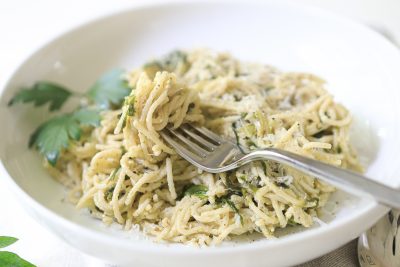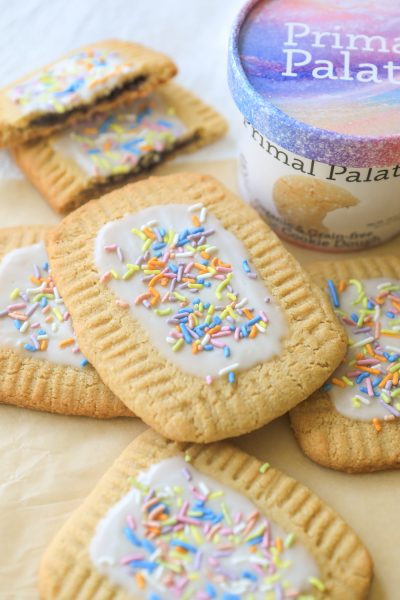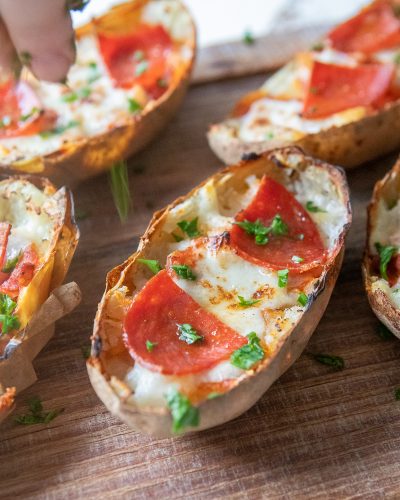Fermented Dill Pickles
Fermented foods contain a host of beneficial bacteria (probiotics) that promote good gut health and digestion. Aside from doing good things for your gut, these pickles are absolutely delicious - with a distinct snap and crunch.
Ingredients
- 3 lb 3 lb 3 lb Cucumber, (About 12 cucumbers)
- 1/2 cup 1/2 cup 1/2 cup Salt, must be Real Salt or Pickling Salt

- 1 gallon 1 gallon 1 gallon distilled Water
- 24 cloves 24 cloves 24 cloves Garlic, peeled
- 1 Tbsp 1 Tbsp 1 Tbsp black and white Peppercorns

- 1/2 cup 1/2 cup 1/2 cup Dill Weed, flowering, if possible - about 5 large sprigs

Process
Note, these instructions are written assuming the standard serving size, since you have modified the number of servings, these steps may need to be modified for best results
- Combine distilled water and salt in a large fermenting crock (or glass jar). Stir until salt is dissolved. Salt should be added at 3-4 Tbsp per quart. Do not fill crock to top, so that there is room for cucumbers and other ingredients. Use a ratio of 4 tbsp per quart of water. You can mix this separately from your crock and add it at the end if you wish.
- Rinse cucumbers and trim both ends. Place in the glass jar or crock.
- Add in garlic, dill, grape leaf (see recipe notes), and peppercorns.
- Cover top with a small plate or bowl, ensuring the cucumbers, garlic and dill do not touch the water surface.
- If using a glass jar, cover the top with a coffee filter and rubber band to prevent dust and insects from getting in..
- Allow to ferment for 1-3 weeks. Fermentation period will depend on ambient temperature. Scoop off any mold that forms on the surface. Bubbles will rise to the top during fermentation. When bubbles stop rising, the pickles are finished. Check on pickles every day, and taste them as you go if you wish.
Notes
The addition of a few grape leaves will help keep the pickles as crunchy as possible. The tannins in the grape leaves are responsible for this process. Add salt at a ratio of 3-5 Tbsp per quart of water. For the warmer months, a higher ratio (ie 4 or 5 tbsp per quart) will produce better results. The fermentation process will be quicker at higher temperatures.
Add a Note
My Notes:
Never Miss a Bite
Get recipes delivered to your inbox every week

















Are these pickles to be fermented inside or outside?
Oh, and can I use Himalayan salt?
I followed this recipe exactly and it’s been two weeks. I have not noticed a lot of bubbles rising to the top. I did just check one jar and noticed mold and picked it off and then tried one of the pickles. It was insanely salty. Where did I go wrong? Is this salvageable? Please help!